Sida abutifolia, Spreading Fanpetals
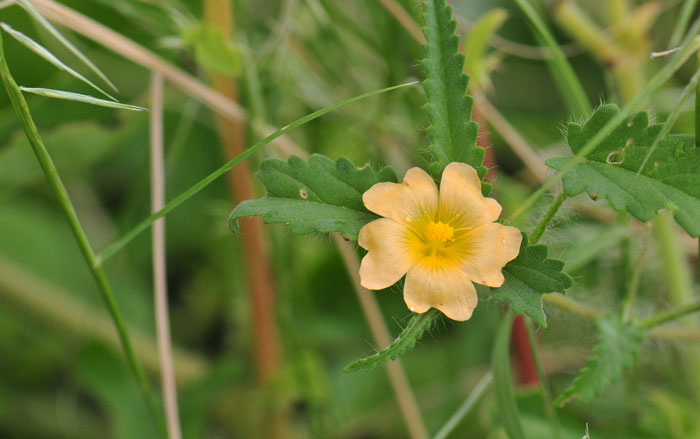
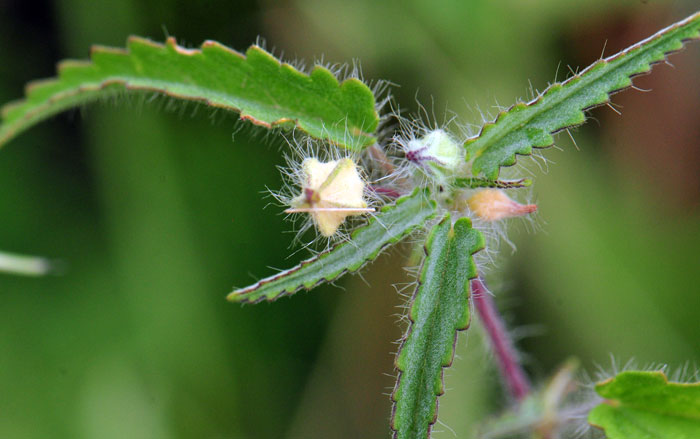
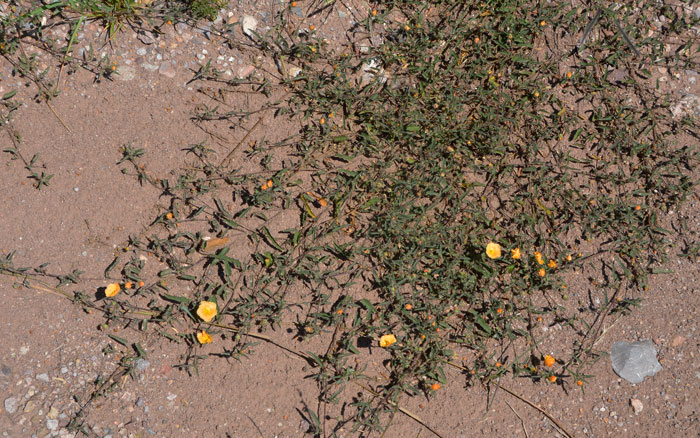
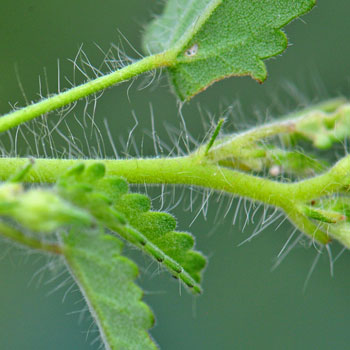
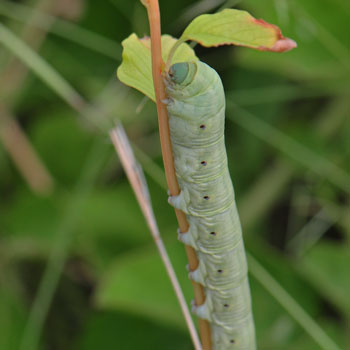
Scientific Name: Sida abutifolia
Common Name: Spreading Fanpetals
Also Called: Procumbent Sida, Prostrate Sida, Spreading Sida
Family: Malvaceae, Globe Mallow Family
Synonyms: (Sida diffusa, Sida filicaulis, Sida filiformis, Sida procumbens, Sida supina)
Status: Introduced
Duration: Annual, perennial
Size: Up to 8 inches more or less, 18 inches in length.
Growth Form: Forb/herb; spreading.
Leaves: Green, gray-green; alternate, leaf shape variable elliptic, oblong or ovate, margins are wavy and toothed, serrate-crenate, stems woody at maturity.
Flower Color: Yellow orange, pink; medium size flowers ½ wide, solitary or 2 to 3 together from axils, fruit a schizocarp with 7 to 8 segments (mericarps).
Flowering Season: April to October in Arizona, March to October in Texas.
Elevation: 2,500 to 6,000 feet.
Habitat Preferences: Plains and mesas in dry sandy soils.
Recorded Range: Spreading Fanpetals is an introduced species found mostly in the southwest United States in; AZ, CA, FL, OK, NM TX and UT. Marginally in CA, FL and OK. In Arizona it is found in the central and southern parts of the state.
The genus Sida is native to the West Indies and South America.
North America & US County Distribution Map for Sida abutifolia.
U.S. Weed Information: No information available.
Invasive/Noxious Weed Information: No information available.
Wetland Indicator: No information available.
Threatened/Endangered Information: No information available.
Genus Information: 28 species in Sida in the mid-west, southern and northeast United States and Ontario, Canada. 5 species in Arizona, 3 species in California, 2 species in New Mexico and 12 species in Texas.
The genus Sida, are locally called Fanpetals or Sidas and are worldwide in tropical and subtropical areas.
The Plant List includes 804 scientific plant names of species rank for the genus Sida. Of these 156 are accepted species names.
Comments: Spreading Fanpetals is an introduced species native to the West Indies and South America.

